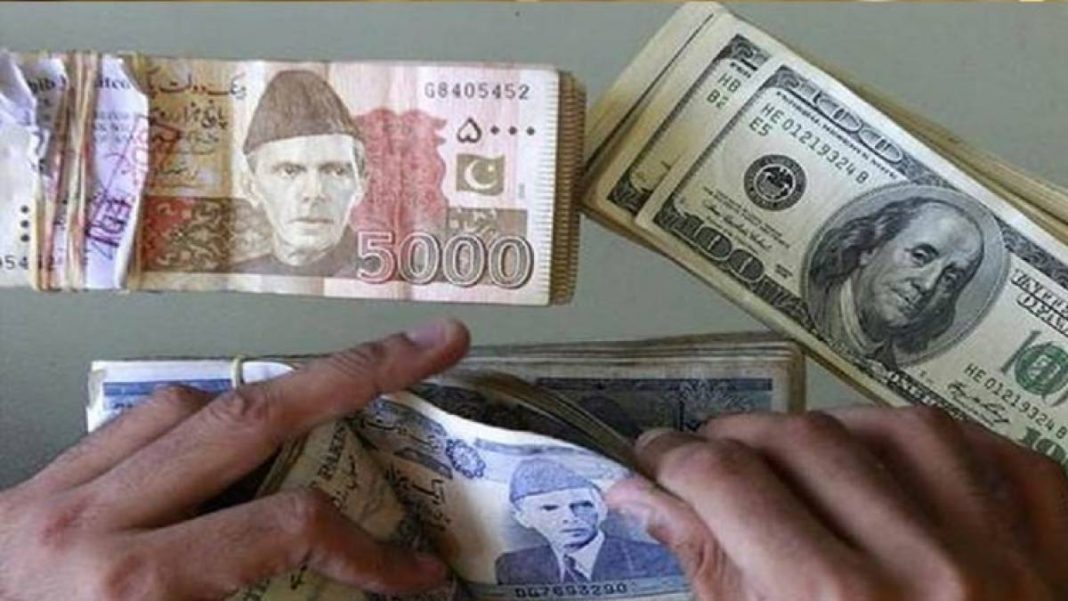KARACHI: With traders waiting for the outcome of the International Monetary Fund’s (IMF) loan re-view and monetary policy’s decision later this month, the rupee is expected to trade in a narrow range in the coming days, supported by dollar inflows from remittances and exports, The News reported Sunday.
In the outgoing week, the local currency saw fluctuations within small bands in the interbank market as it closed at 279.19 on Friday, slightly weaker than 279.11 on Thursday and 279.20 on Monday.
Traders said the rupee was likely to remain stable in the coming weeks as there was no major pressure from the demand side and the supply side was expected to improve due to Ramadan and export pro-ceeds.
The market is closely watching the final review of the $3 billion IMF loan programme, which is now due, and the monetary policy announcement by the State Bank of Pakistan (SBP), which is expected by the third week of March.
Traders said the IMF review and the monetary policy are the key factors that will determine the ru-pee’s direction in the medium term. Tresmark, a financial technology firm, said in a note on Saturday that the swap premiums, which reflect the difference between the spot and forward exchange rates, were at a “fantastic” level, but were expected to soften in the coming week due to the increased probability of a rate cut.
“We expect USD/PKR to consolidate but largely remain in the 279/281 range. There is ample dollar li-quidity and inflows are expected to pick up. Last week we saw a pickup in forward selling by exporters who were mostly interested in the 1 and 2-month tenors,” it added.
Tresmark said everyone has been talking about Pakistan approaching the IMF for a fresh loan pro-gramme for the past few weeks. There will not be any more money coming from elsewhere.
“Another concern is the systematic risk of a big borrower going under, at the time of heightened geo-political risks in the region, so the IMF’s intent is clear — it wants to work with the new government and potentially turn the economy around,” it added.
“We do believe that the IMF will not disrupt the third tranche of the program, as long as it gets some commitment from the incoming government. This will give us enough reserves for the next three months.”
But the next fresh programme which some people estimate will be approximately $5 to 8 billion will not be easy to reach and will revolve around cutting the fiscal deficit, doing away with subsidies and loss-making state-owned enterprises and a host of other reforms. While these are needed, in the ab-sence of solid GDP growth, the rebound will be a U shape — long and painful.
Pakistan’s foreign reserves held by the central bank dropped by $63 million to $7.950 billion as of Feb-ruary 23 due to foreign debt repayments
“We expect the central bank to cut rates in its next monetary policy (most likely at the end of March). The government wants it, the markets want it and the IMF will not resist it if inflation continues its downward trajectory,” Tresmark said.
February consumer price index-based inflation was 23.1%, lower than last month’s 28.3%. The best thing was that it was led by a slowdown in food and core inflation, while energy prices took the shine off. –Agencies





